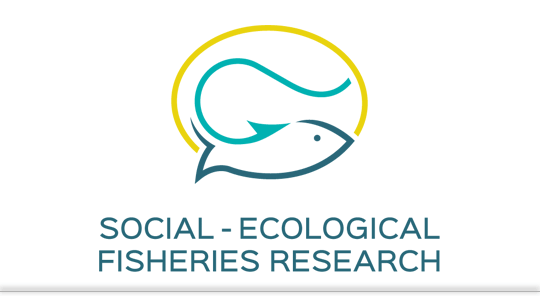Dynamics of fish populations in structure-poor gravel-pit lakes are strongly affected by anthropo-genic management activities and increasing environmental impacts through global change. Growth is one fundamental aspect of population dynamics that directly corresponds to fish biomass production in lakes. A profound understanding of the linkage between growth patterns and environmental conditions is crucial to enable predictions about the impact of management actions (e.g., stocking or habitat modification) or changing environments on fish production. This is not least important to satisfy anglers, the stakeholder group that commonly manages and harvests small gravel-pits. Beside the necessity of a good ecological understanding of the processes involved in growth, simplified approaches are required to enable application in recreational fisheries management, where sampling means are usually restricted. This particularly holds true for small gravel-pit lakes, which are largely overlooked by nature conservation efforts and information is poor. Within this study, I aimed to address these demands by compiling integrated growth models for several populations of Eurasian perch (Perca fluviatilis), a targeted angling species inhabiting gravel-pits. For this purpose, length-at-age estimates were gathered from annual marks on the opercular bones of perch from 13 gravel-pit lakes across Lower Saxony, Germany. A large set of biotic and abiotic predictor variables was subjected to a model selection process to ultimately identify the combination of factors that performs best in predicting growth parameters. Additionally, the selection procedure was repeated considering only those variables that are obtainable within the means of angling clubs. I found the largest effect on growth patterns to be induced by the biomass of potential predators. Growth effects were moreover assigned to shoreline development factor, which is a common index of littoral habitat heterogeneity. A recommended model for application by angling clubs without access to complex variables consisted of shoreline development factor and maximum depth. The potential ecological mechanisms behind the observed patterns are discussed in detail. In sum, it is concluded that gravel-pits with the potential to produce large-growing perch provide certain structural features (regarding shoreline extension and depth), but growth is still strongly driven by population-intrinsic effects through predation and cannibalism.
Growth of Eurasian Perch (Perca fluviatilis) in small gravel-pit lakes: a cross-lake comparison
Study

Höhne, L. (2019). Growth of Eurasian Perch (Perca fluviatilis) in small gravel-pit lakes: a cross-lake comparison. Study project, Faculty of Life Sciences Humboldt-University Berlin, Leibniz-Institute of Freshwater Ecology and Inland Fisheries (IGB) Berlin, 2019, pp. 48
Published
: 2019
Appeared in
: Study project, Faculty of Life Sciences Humboldt-University Berlin, Leibniz-Institute of Freshwater Ecology and Inland Fisheries (IGB) Berlin, 2019, pp. 48
